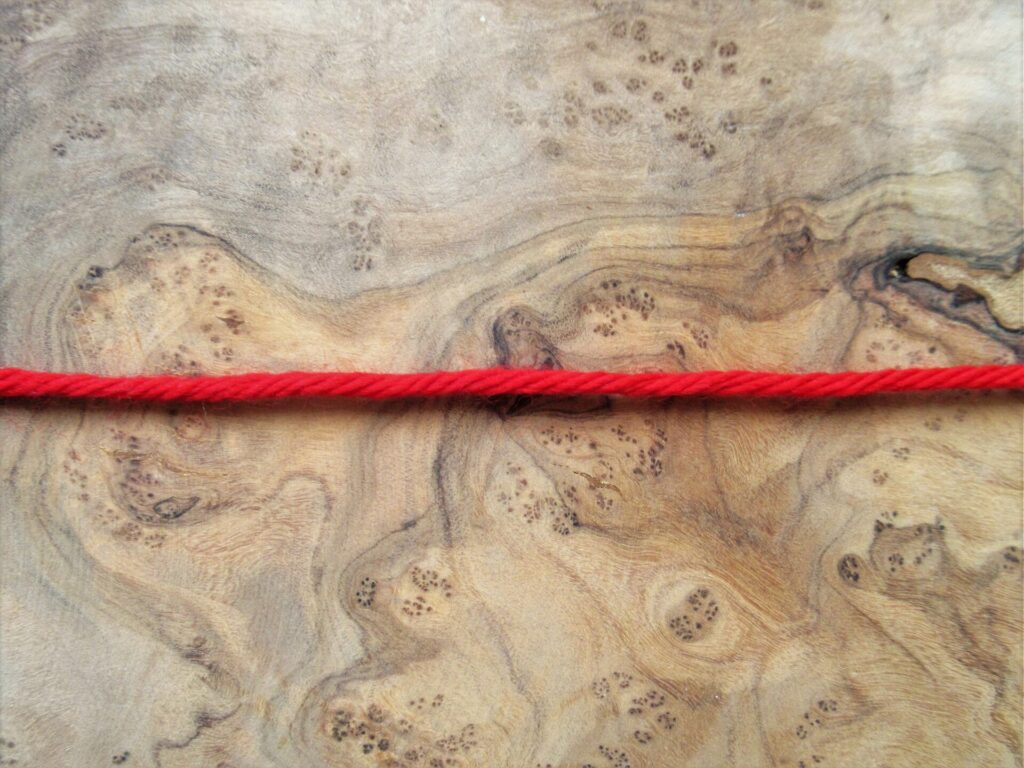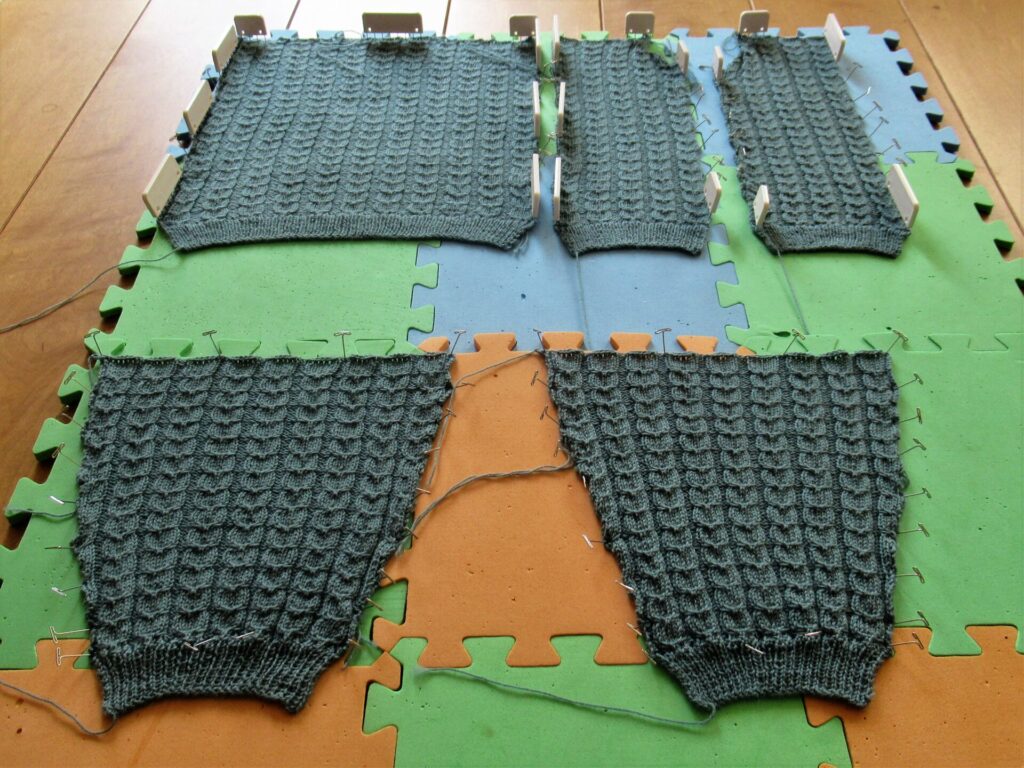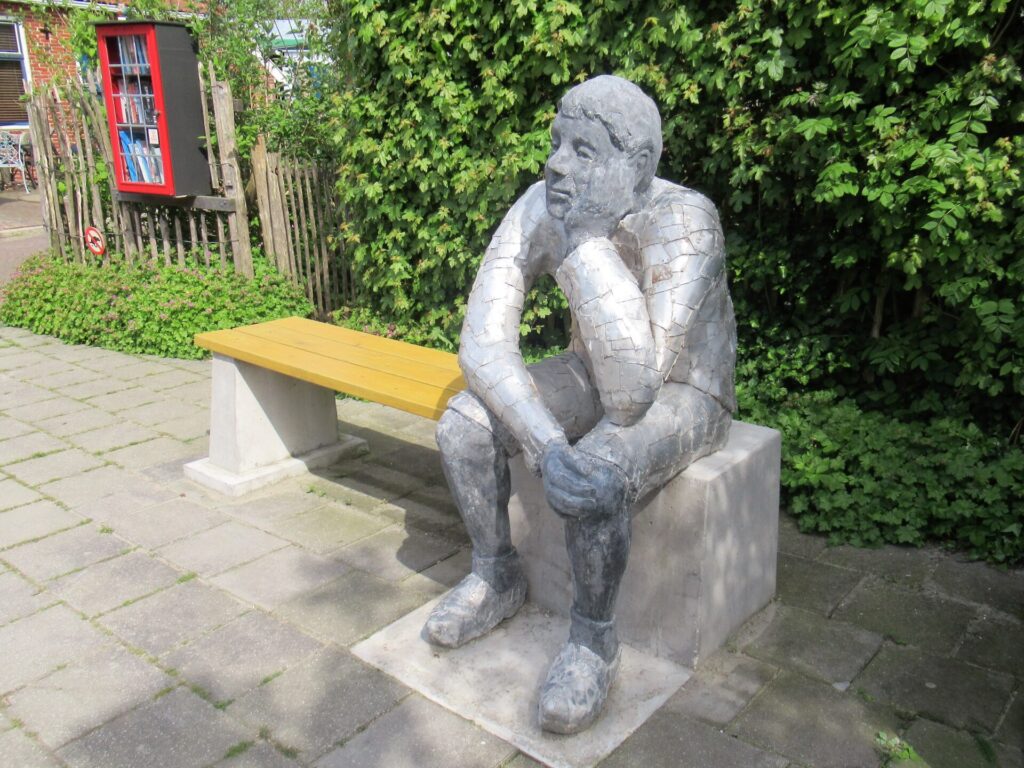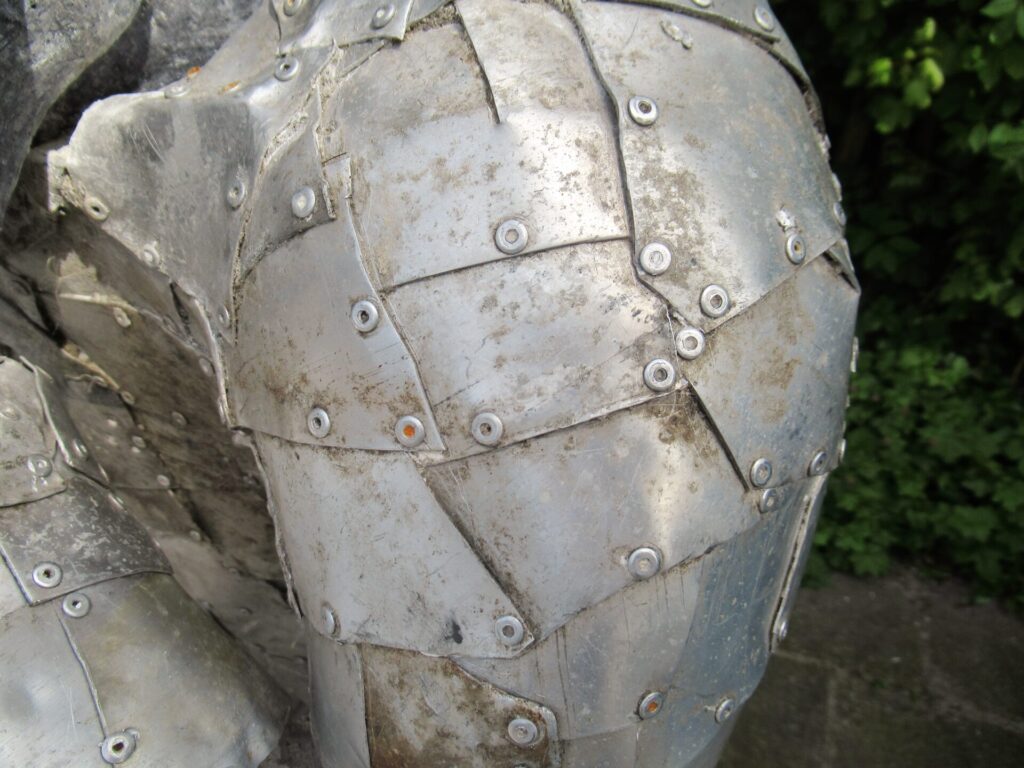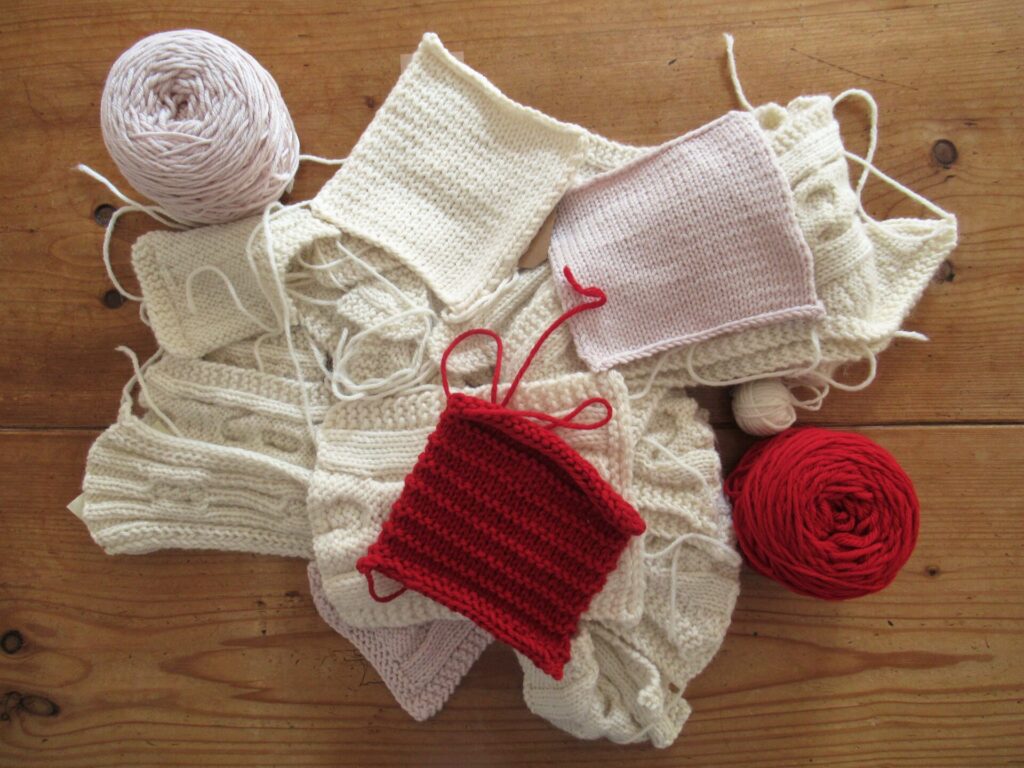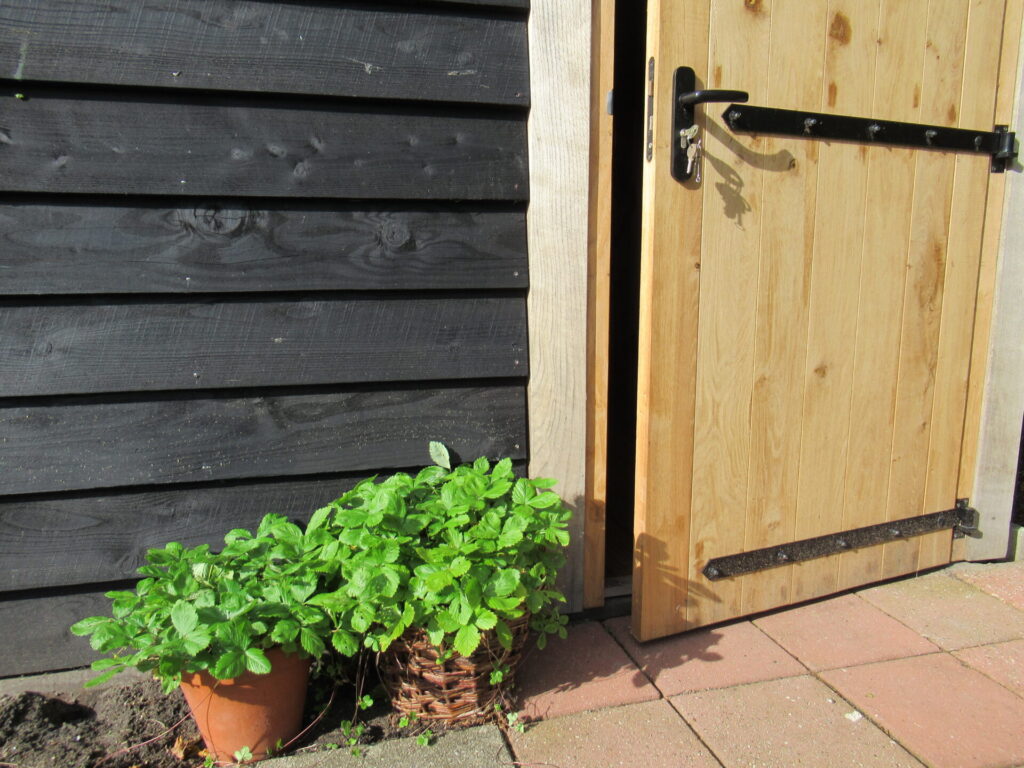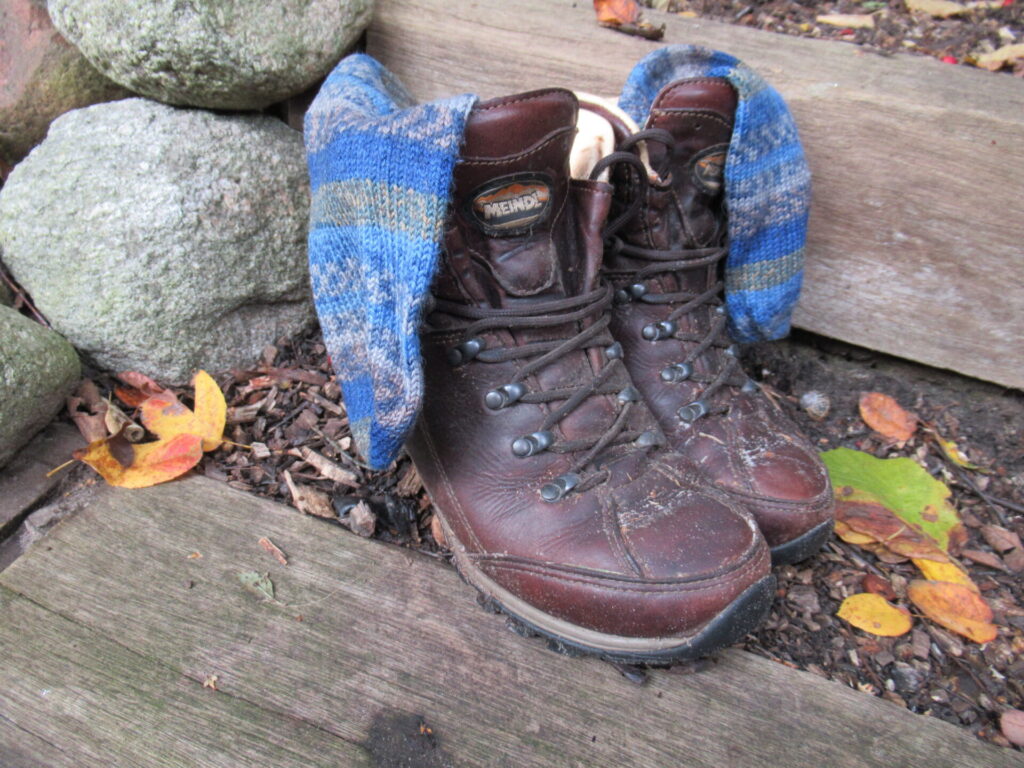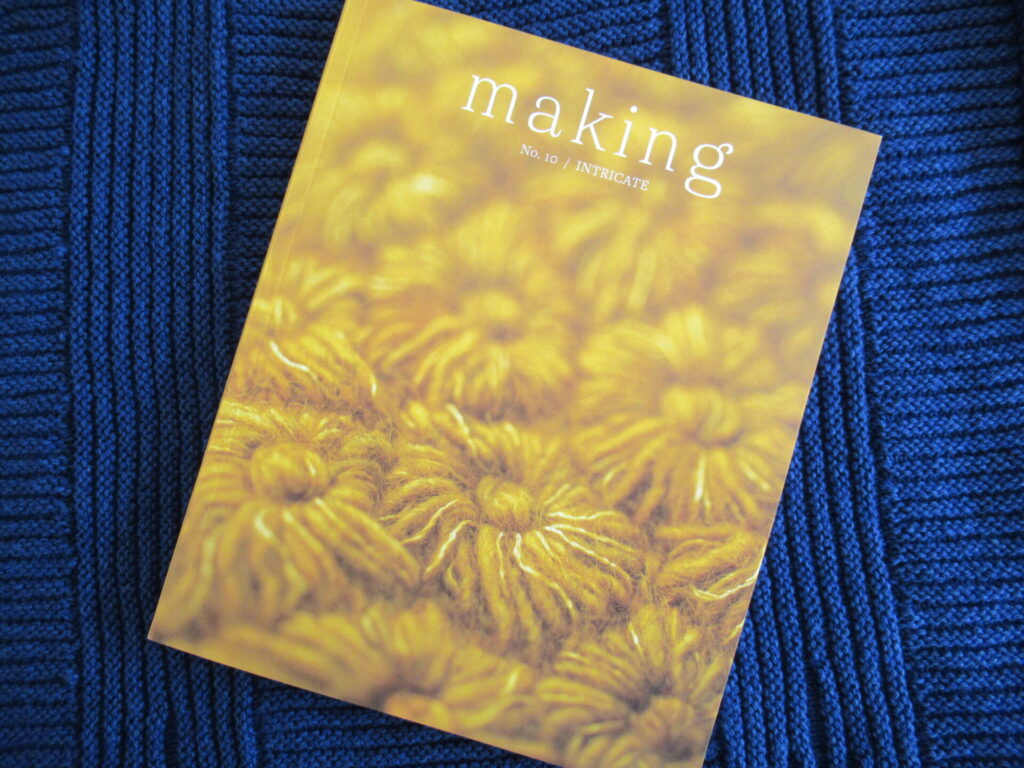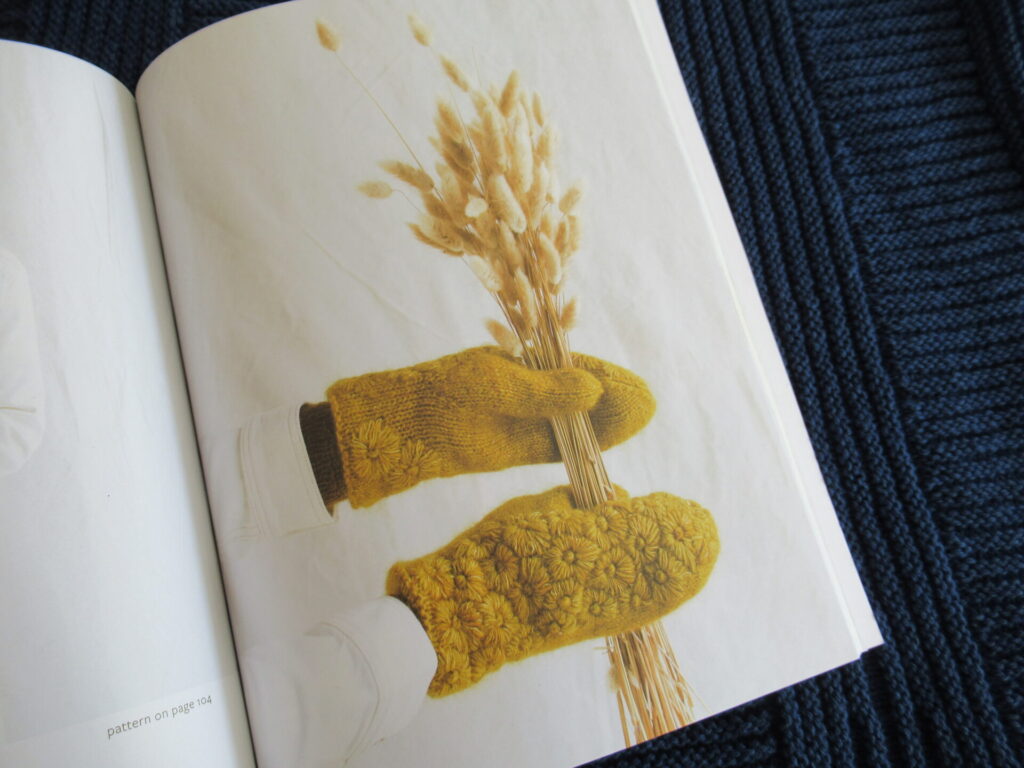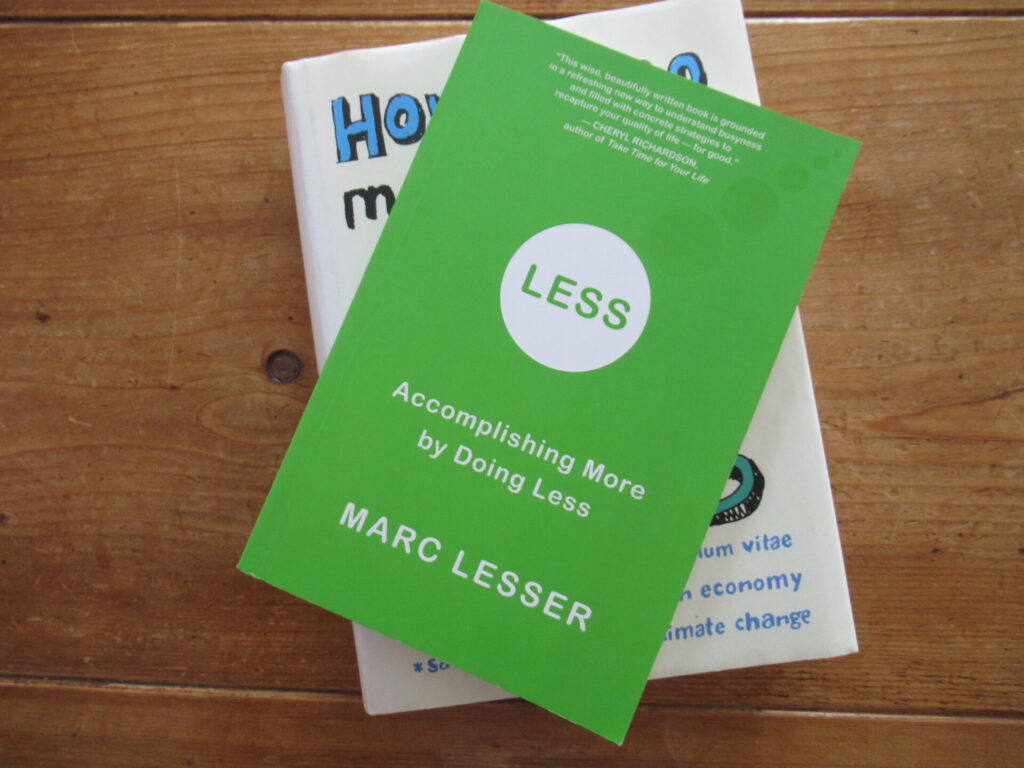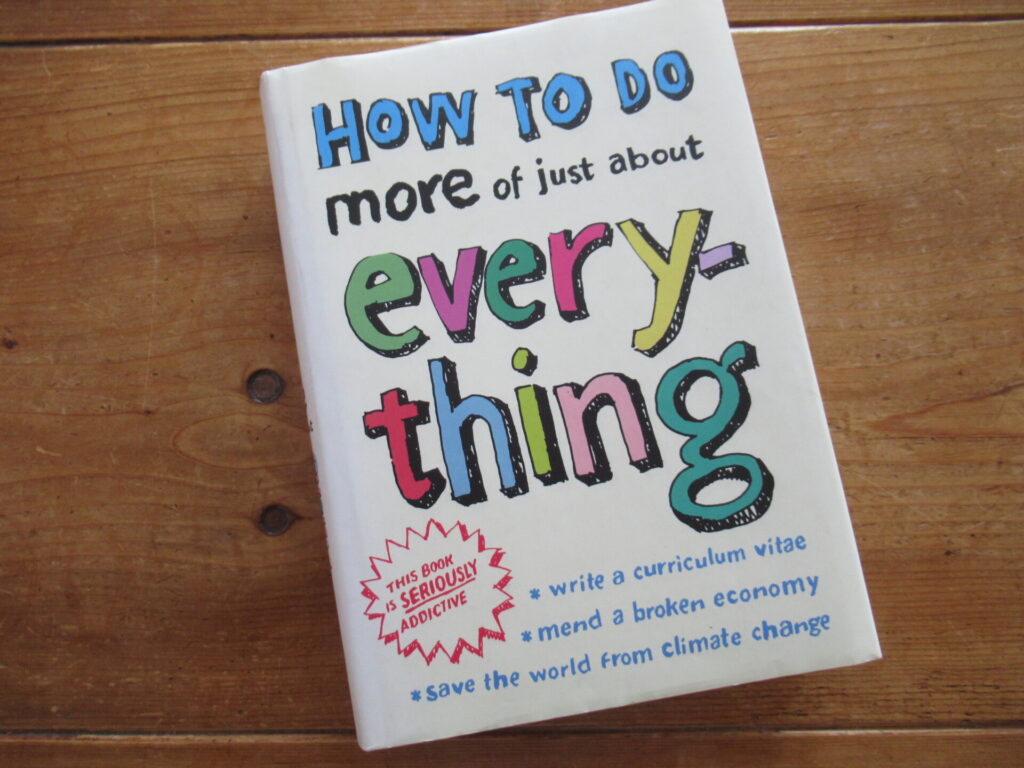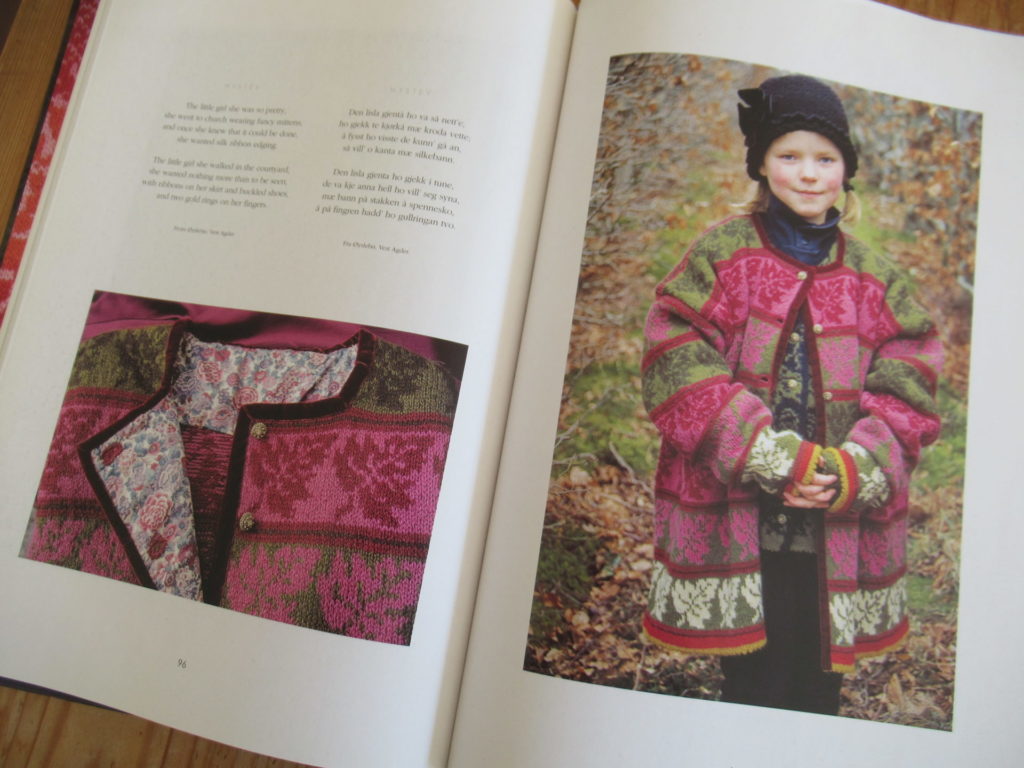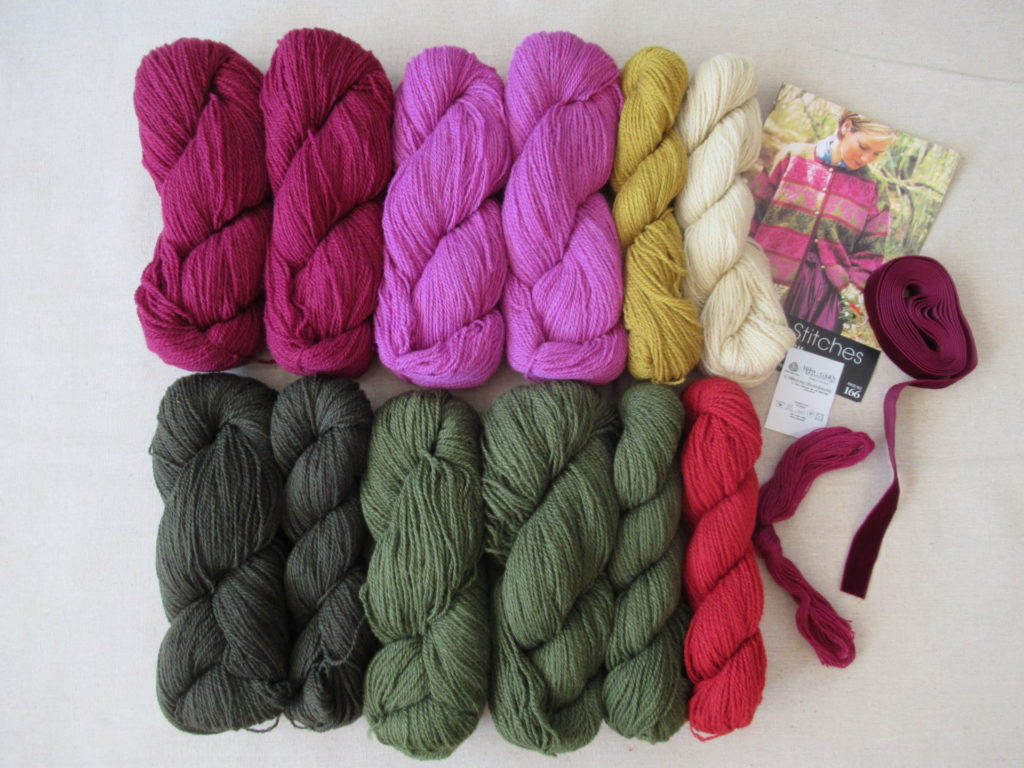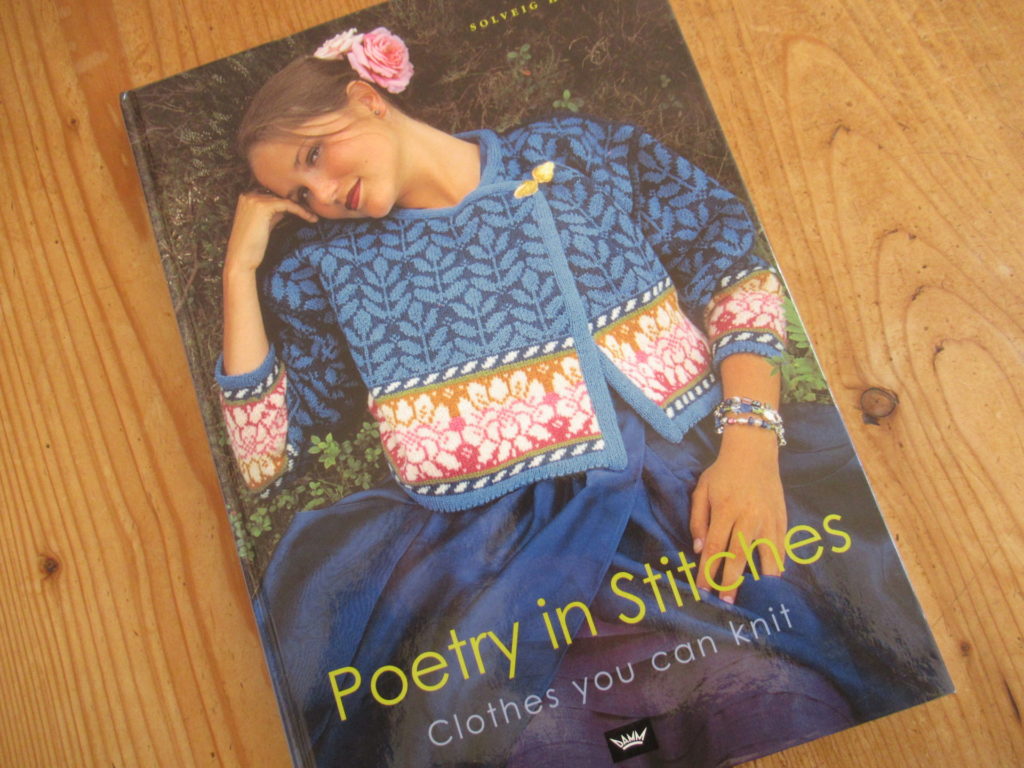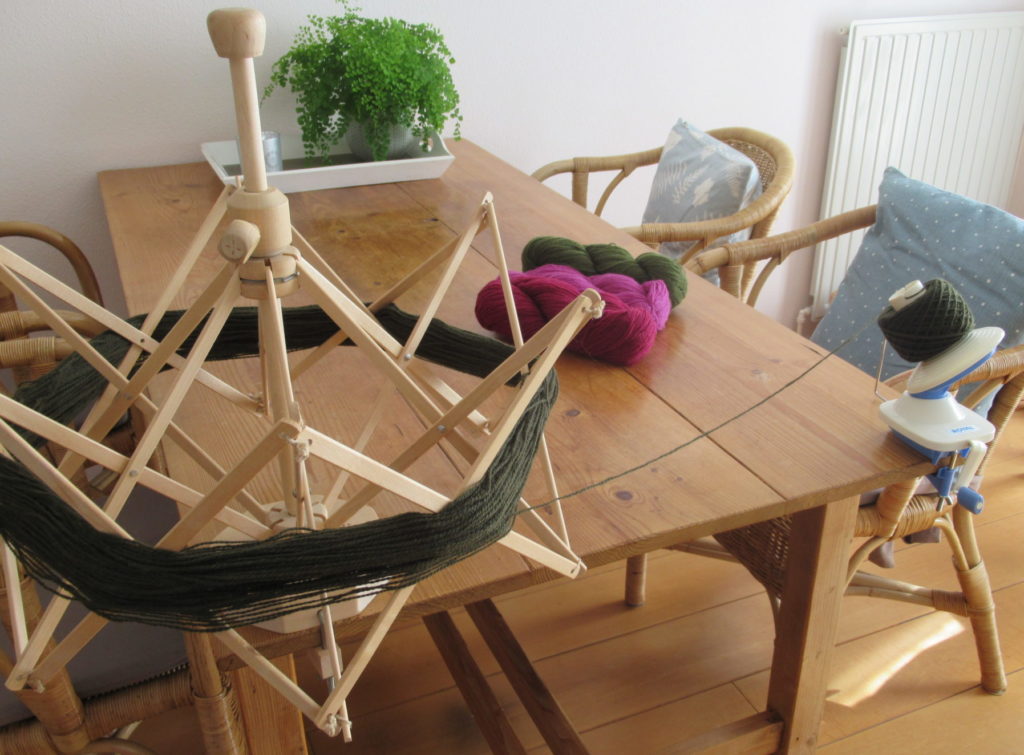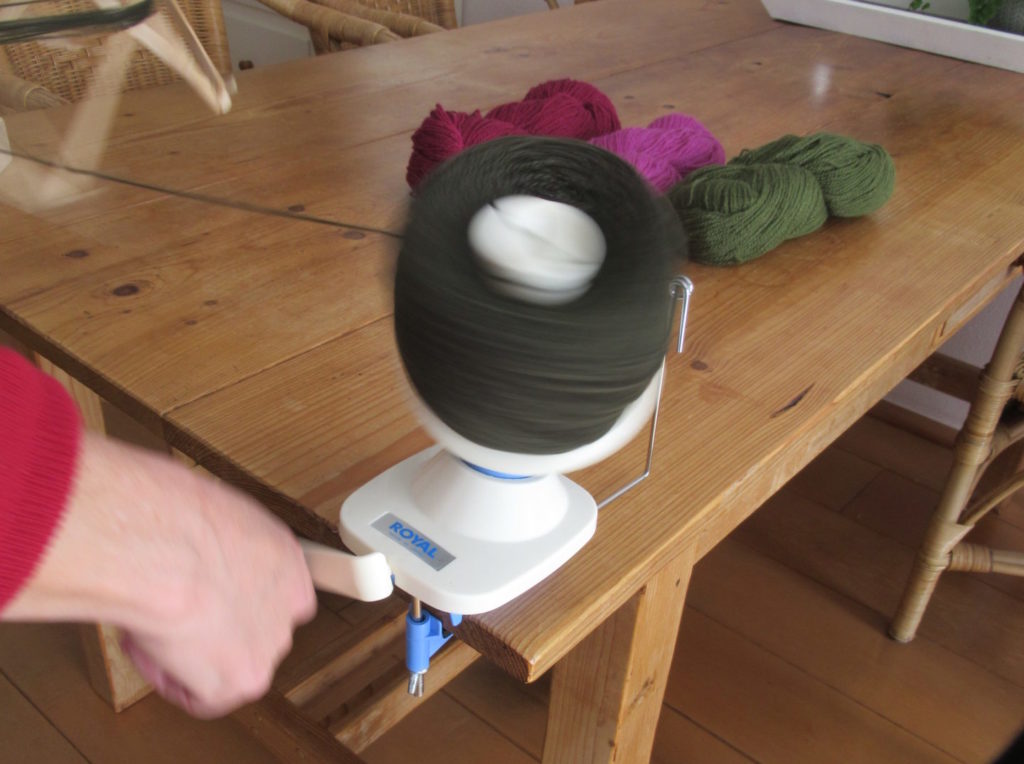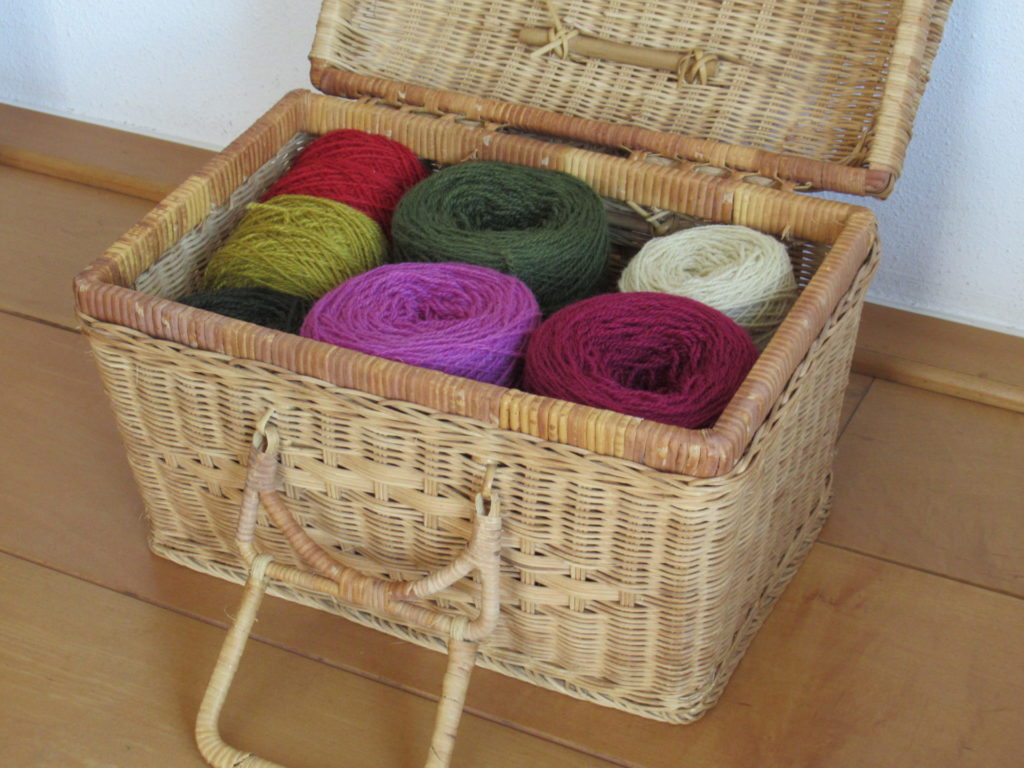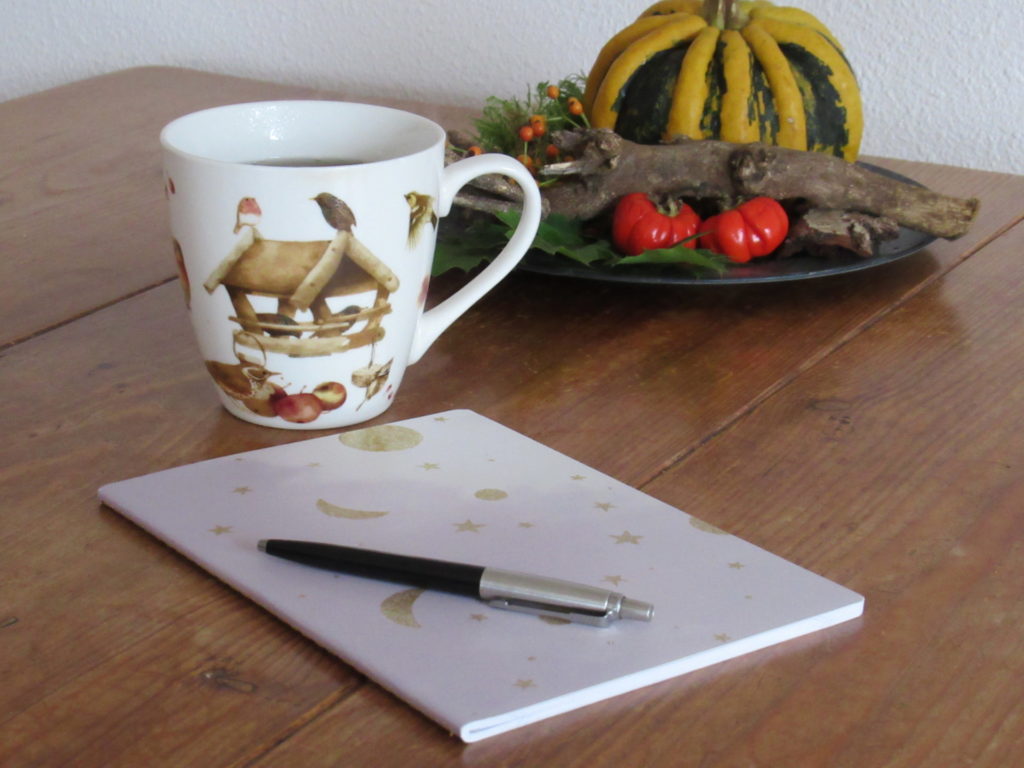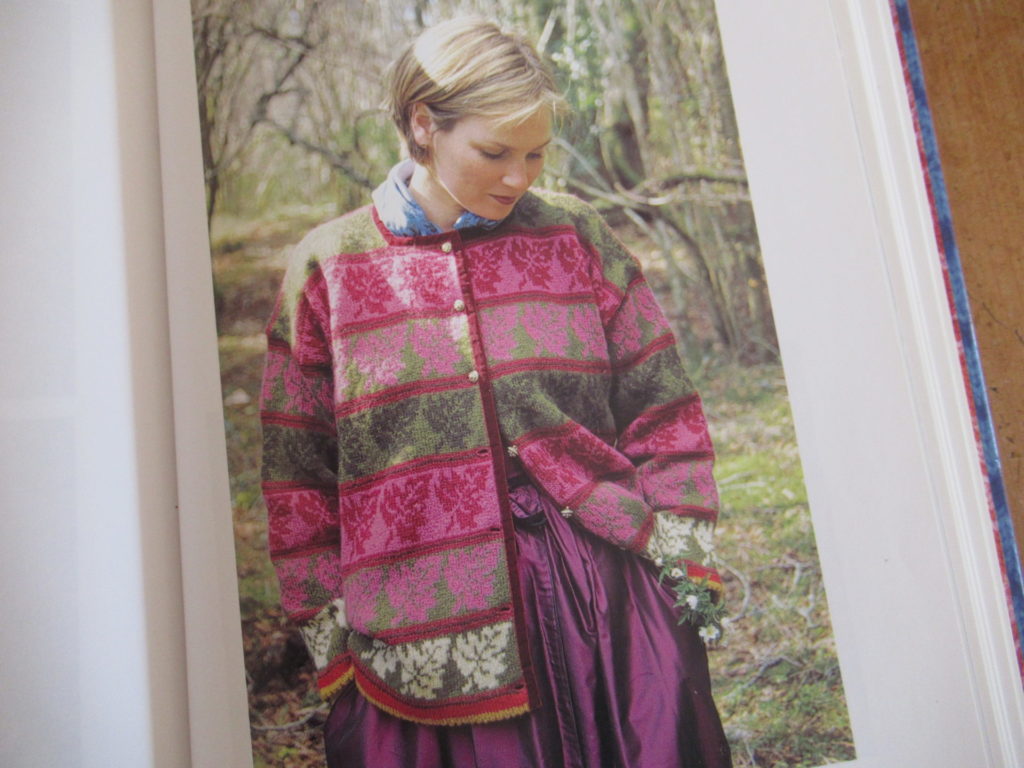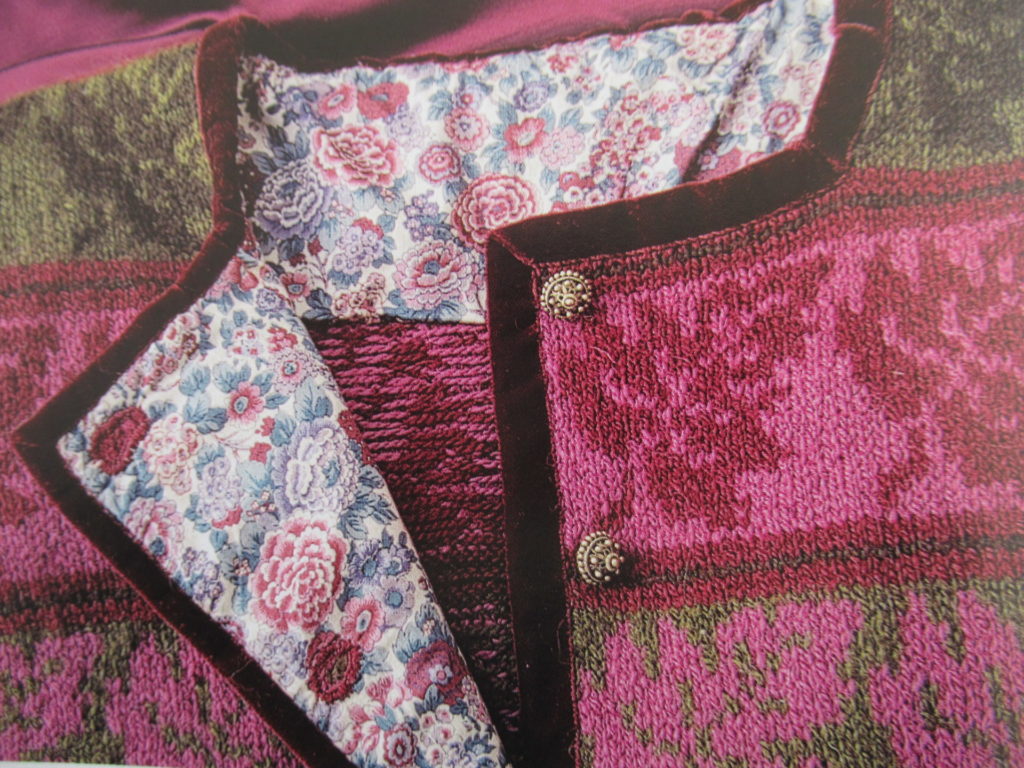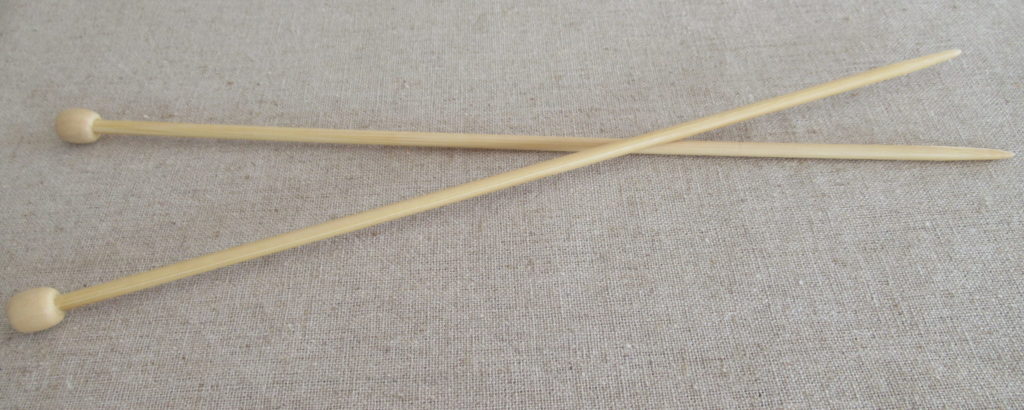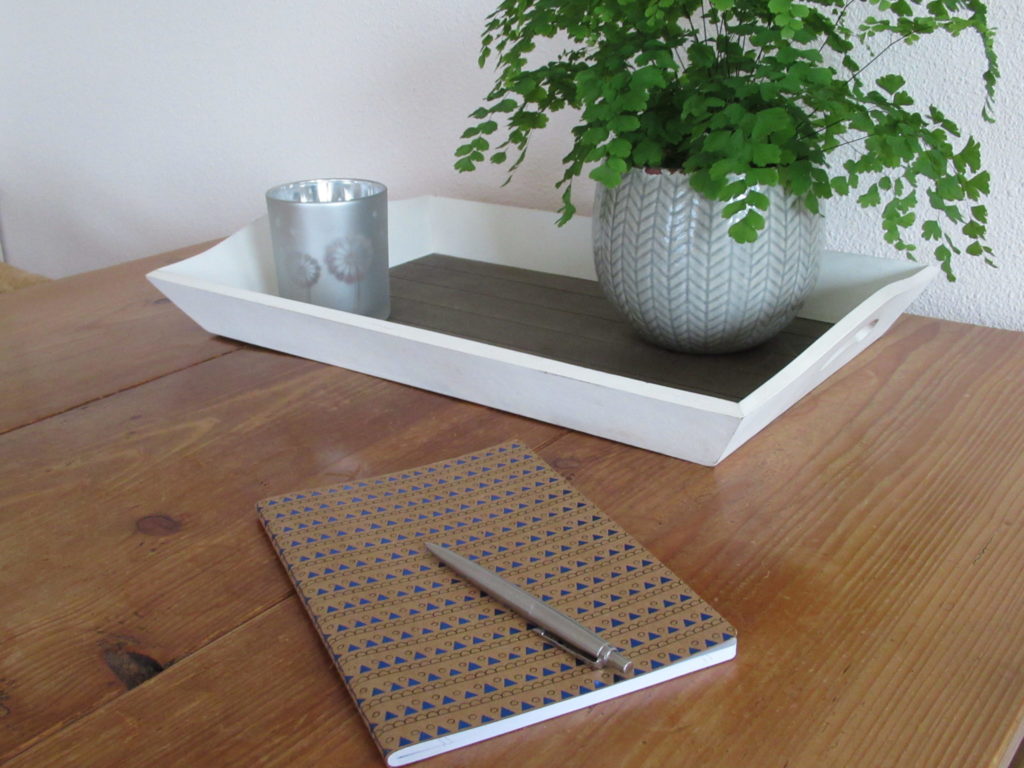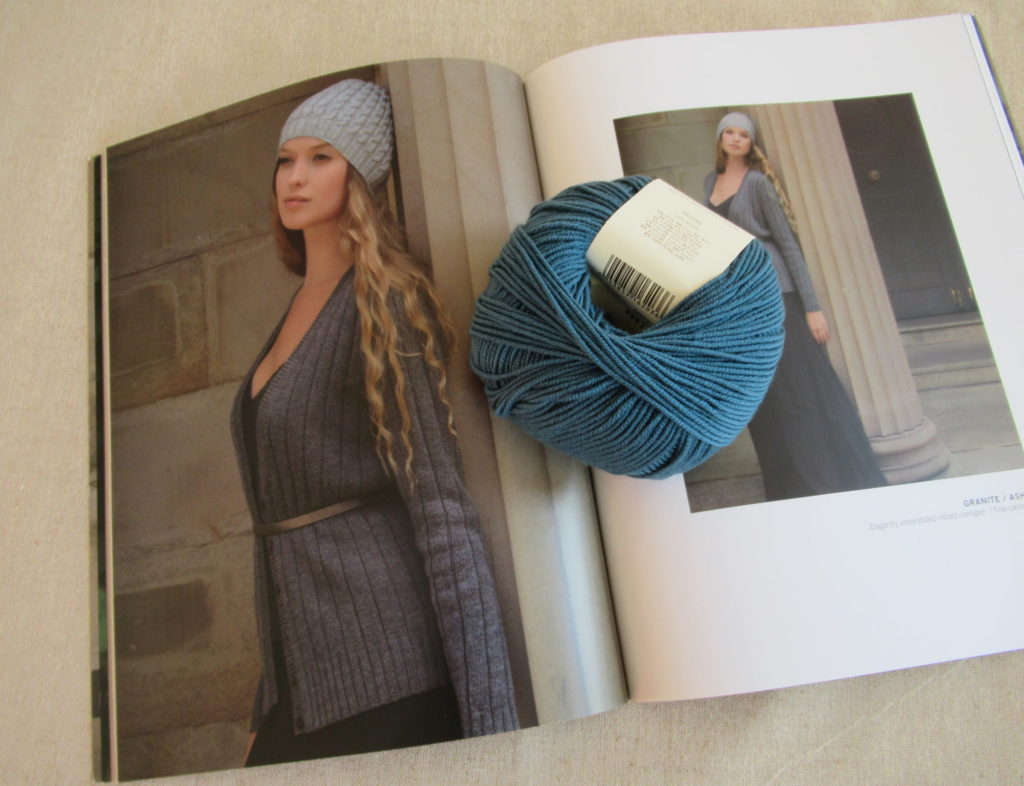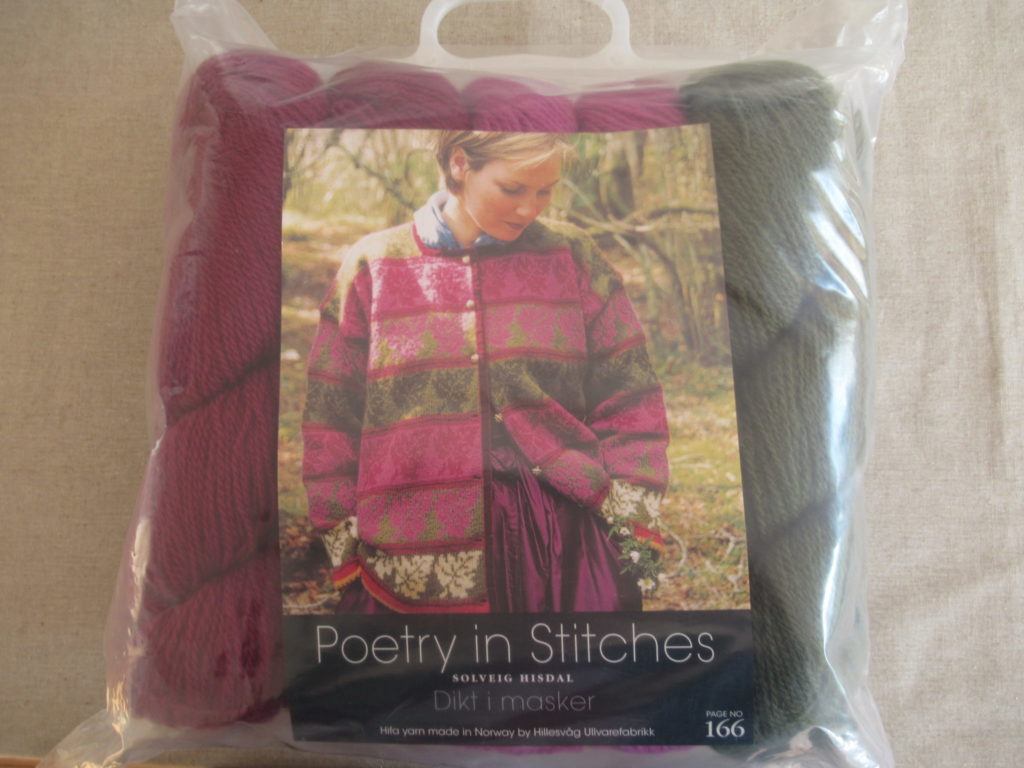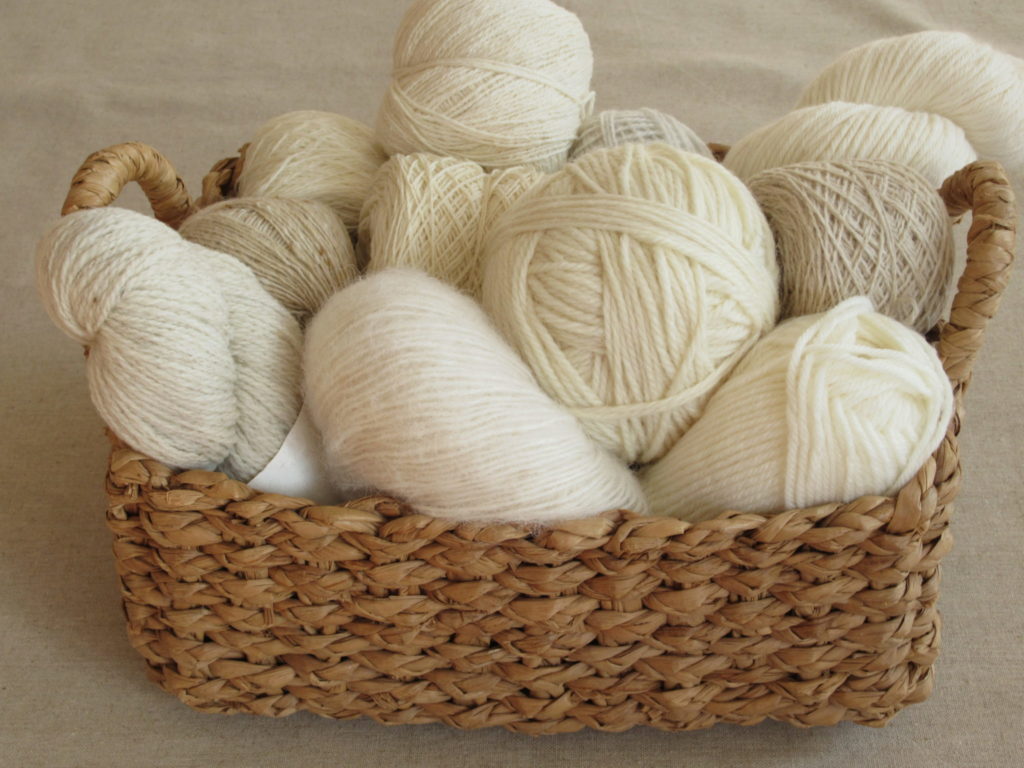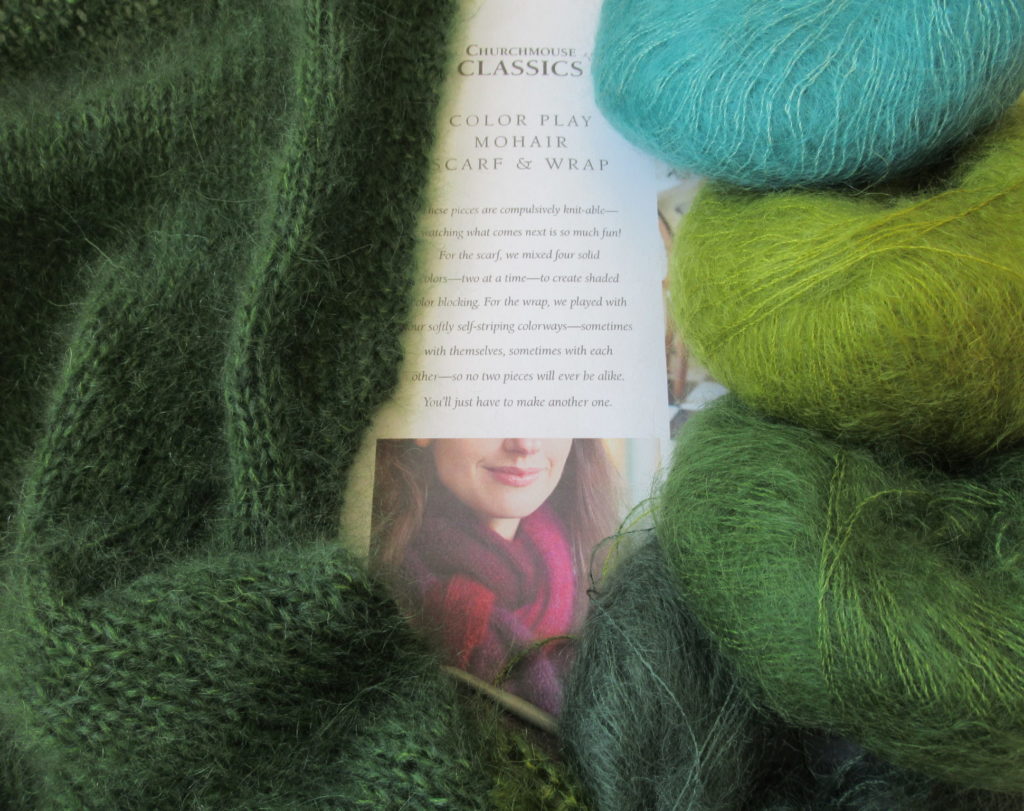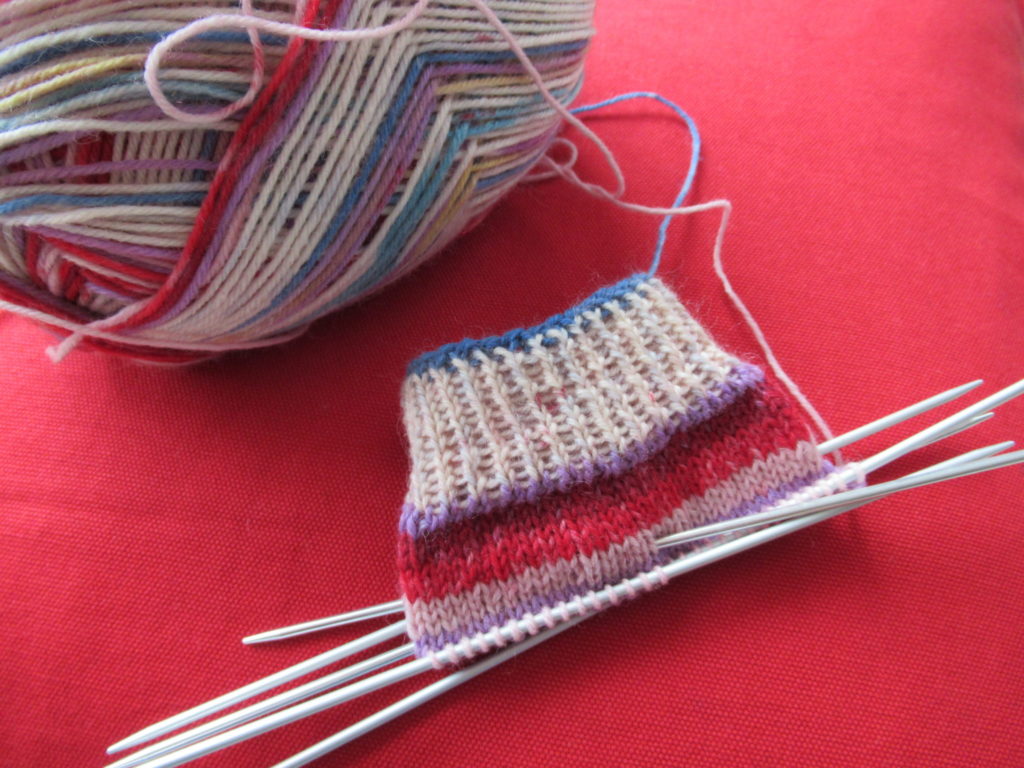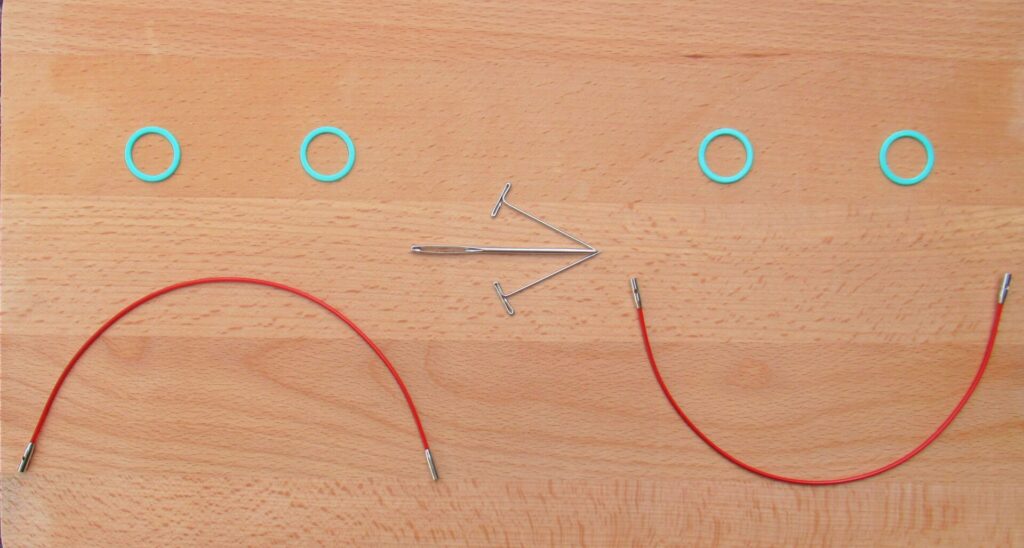
Hello! Does it happen to you, too, that you lose your knitting mojo from time to time? Over the past month or so, I seem to have lost mine. It isn’t as if there is nothing on my needles, it’s just that I’m not feeling terribly enthusiastic about any of it.
Mojo, what does the word really mean? I’ve always thought of it as a combo of motivation and joy, but is it? As a professional translator, I stopped using paper dictionaries a long time ago, but I still enjoy leafing through them.
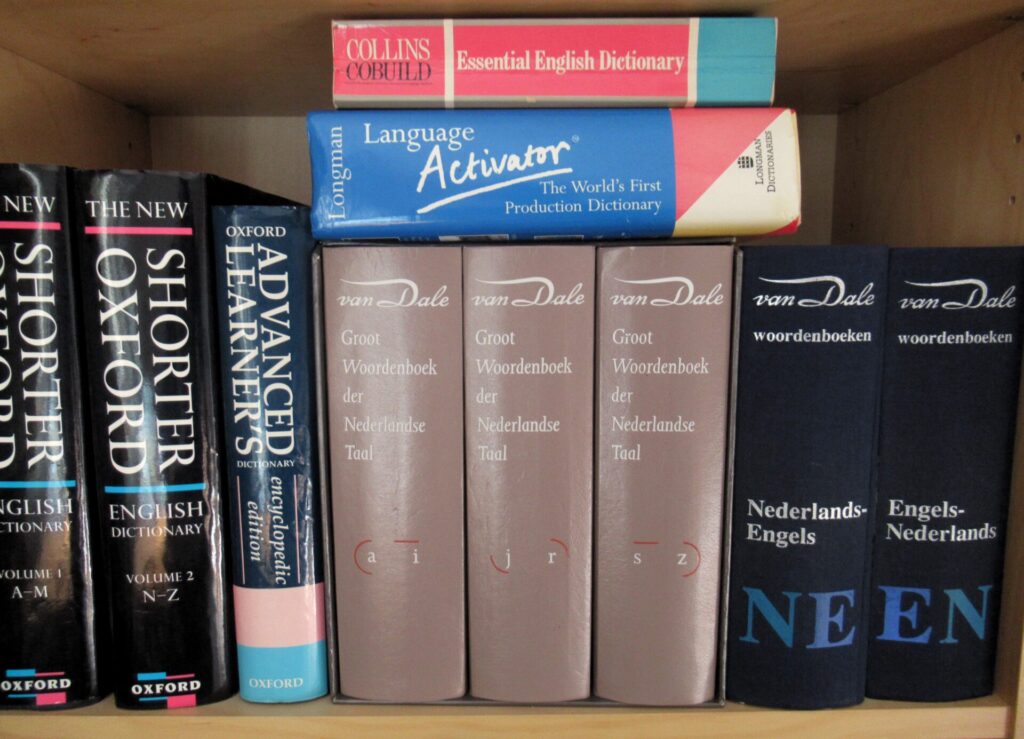
The New Shorter Oxford English Dictionary says:
Mojo – 1. Magic, voodoo; a charm or amulet; 2. Any narcotic drug, esp. morphine.
Hmm, I think I’ll stick to my own definition:
Mojo – Acronym of MOtivation and JOy.
So, how to get your knitting mojo back? Googling for help, I found lots of tips. Well, actually mostly the same ones mentioned over and over again. Selecting those that spoke to me most and adding a couple of my own I’ve made a list of 9 tips (9 is my lucky number).
1 Get enough sleep
For me, feeling blah about knitting often means that I’m just plain tired and need more sleep. Getting enough sleep is easier said than done, but I’ll do my best, i.e.: drink calming herbal teas, relax more during the daytime, try to take naps, try not to worry about things I can’t do anything about, do something about those I can, and heed tip 9. I could also knit a new Soothing Sachet and tuck it under my pillow. This is one I knit earlier:
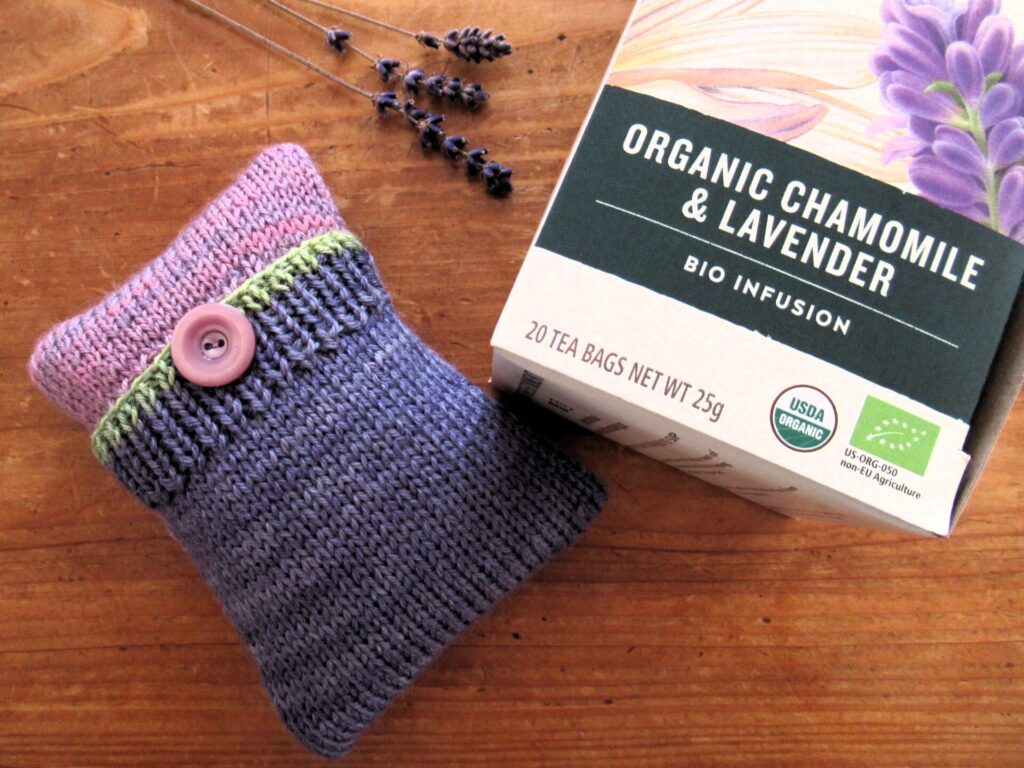
2 Knit together
A real-life knitting group would be best. But lacking that, you could join a KAL or hang out with your favourite Ravelry group. My knitting group only meets every other month, but is always fun and inspiring. Here are a few Ravelry links to the beautiful things some of my knitting friends were making when we met last week: FF Backward, a fun sweater with an interesting construction; Kuno’s Cushion, with linen stitch stripes; Riddari, an Icelandic design with a beautiful yoke; and The Twigs, a refined sweater by a Japanese designer.
3 Visit a yarn shop
Actually, I visited two last week – one of them a small local haberdashery shop and the other one a shop I blogged about a couple of years ago. Looking at yarns and samples, and leafing through the latest books and magazines is always inspiring. If you’re unable to visit a brick-and-mortar shop, there are always online ones.
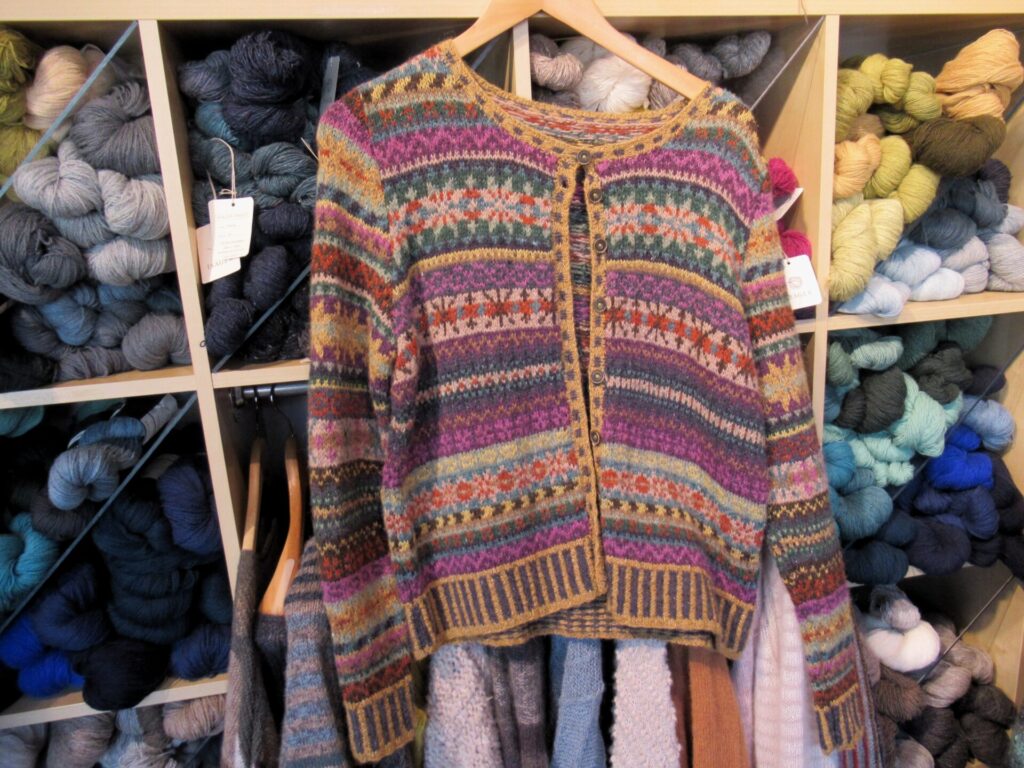
4 Browse patterns
Browsing patterns on Ravelry or Instagram, or looking at pictures in knitting mags may bring back that spark you’re missing. I came home from the above yarn shop with the latest Rowan Magazine, nr 74. It’s quite expensive, and I hesitated, but decided to get it because it’s a special about two beautiful tweed yarns and has several patterns in it that I’d love to knit. My two favourites are Himalayas, included both as a pullover and a cardigan.
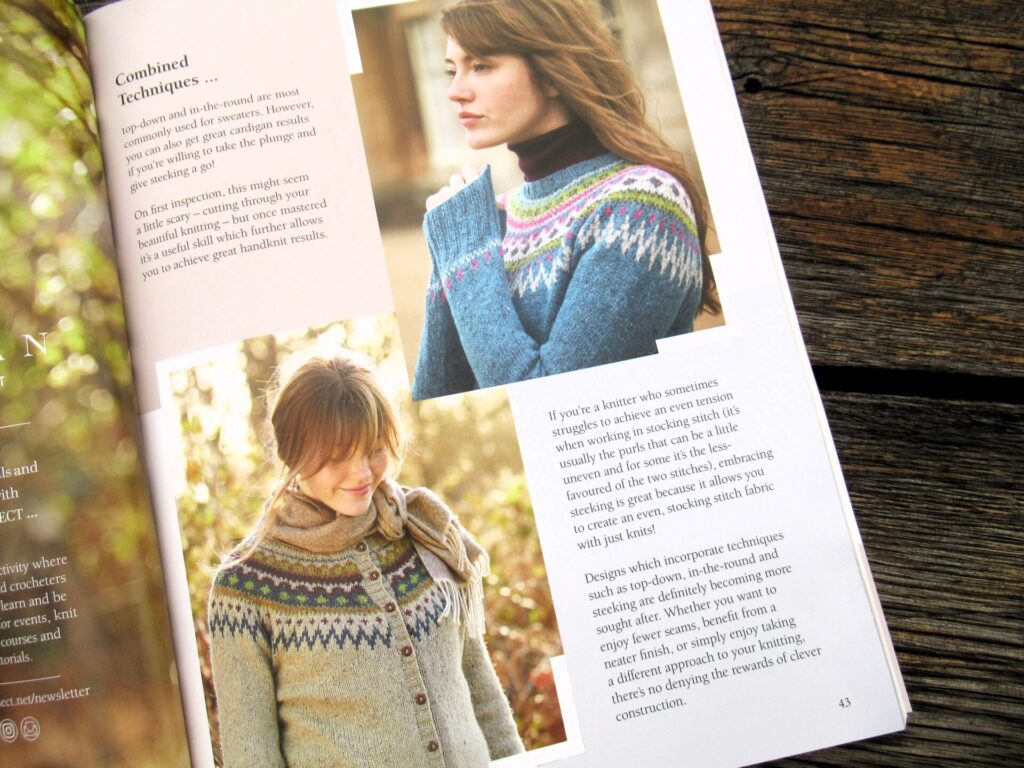
And Scree, a colourwork scarf knit in the round.
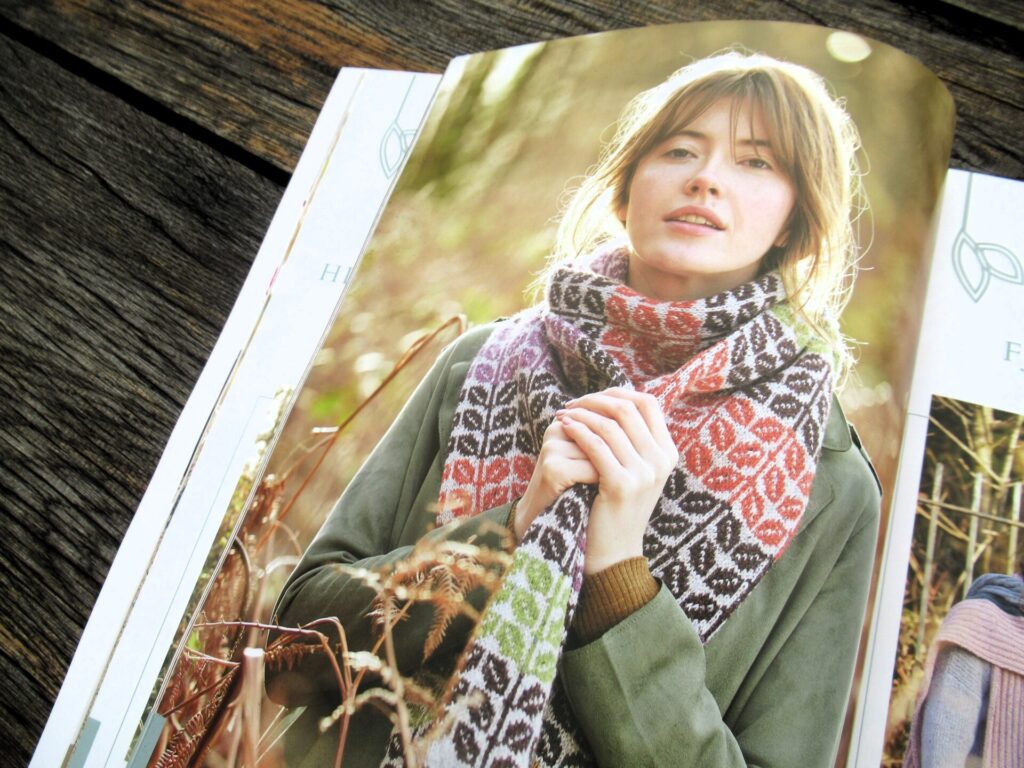
5 Organize your stash
This seems like a great idea. Maybe you’ll find yarns you’d forgotten about that would make your fingers itch to knit. I’ll keep this in mind for later…
6 Knit a gift
Perhaps thinking about someone you love and how something you knit for them will keep them warm will bring your knitting mojo back. This tip made me cycle to the small haberdashery shop in our nearest town to get two skeins of yarn for a hat for a friend.
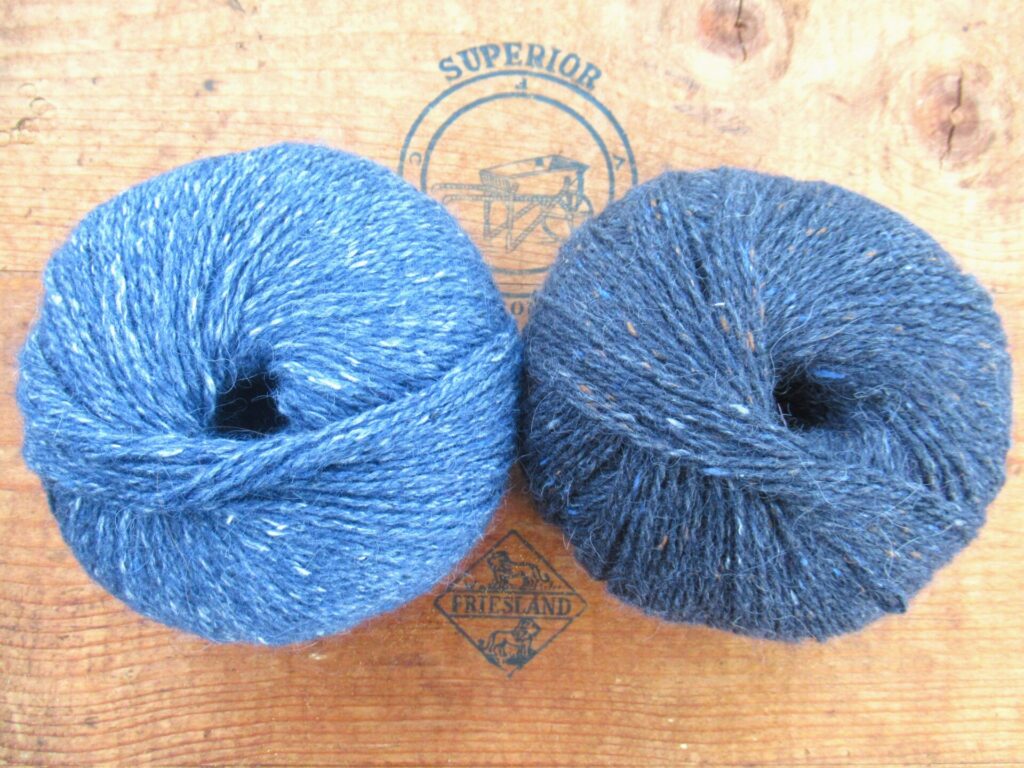
7 Sort your WIPs
With six works in progress (WIPs) on my needles that are not making a lot of progress, this may be the magical tip for me. Gathering them all together, I realized that there is something about each WIP that’s keeping me from knitting happily on. Take these socks, for instance. The first sock has taken up 30 g of the main colour, so there is only 20 g left for the second sock – uh-oh! What to do now? Buy another skein? Rip back a bit and add stripes? Something else?
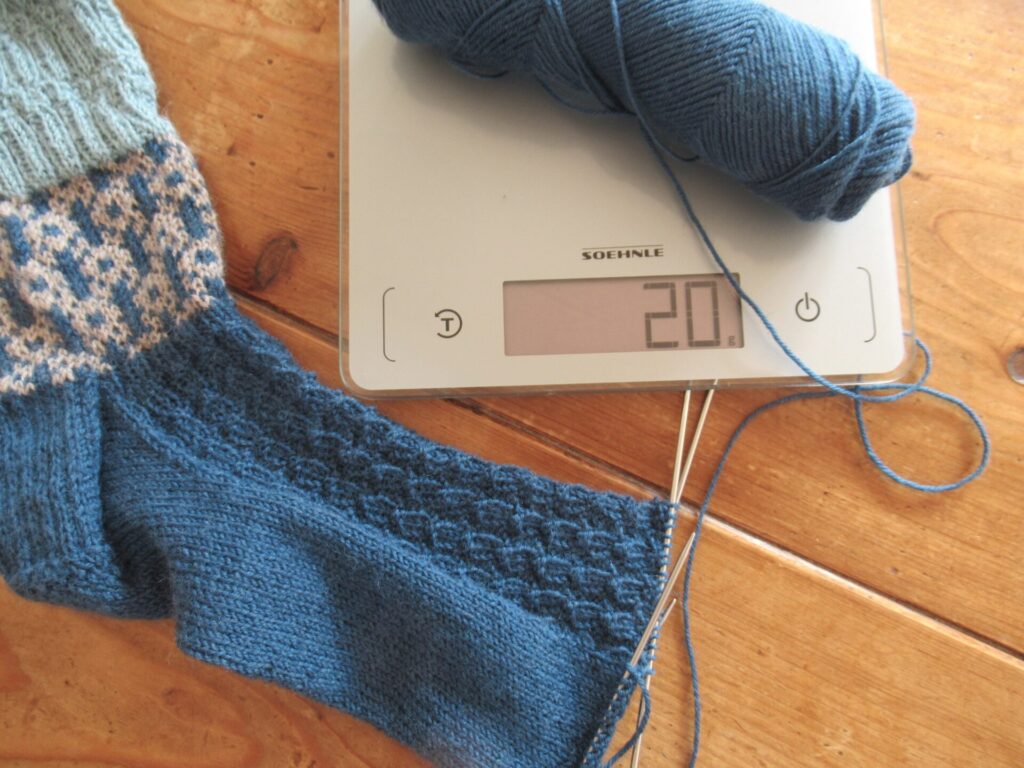
8 Start something new
Starting something new is always nice, of course. Maybe you need something challenging to get your needles clicking again. Or maybe something simple. I’m choosing the latter option – a very simple poncho. This will kill two birds with one stone, because I’m also going to knit this together with my favourite group of Ravelry friends.
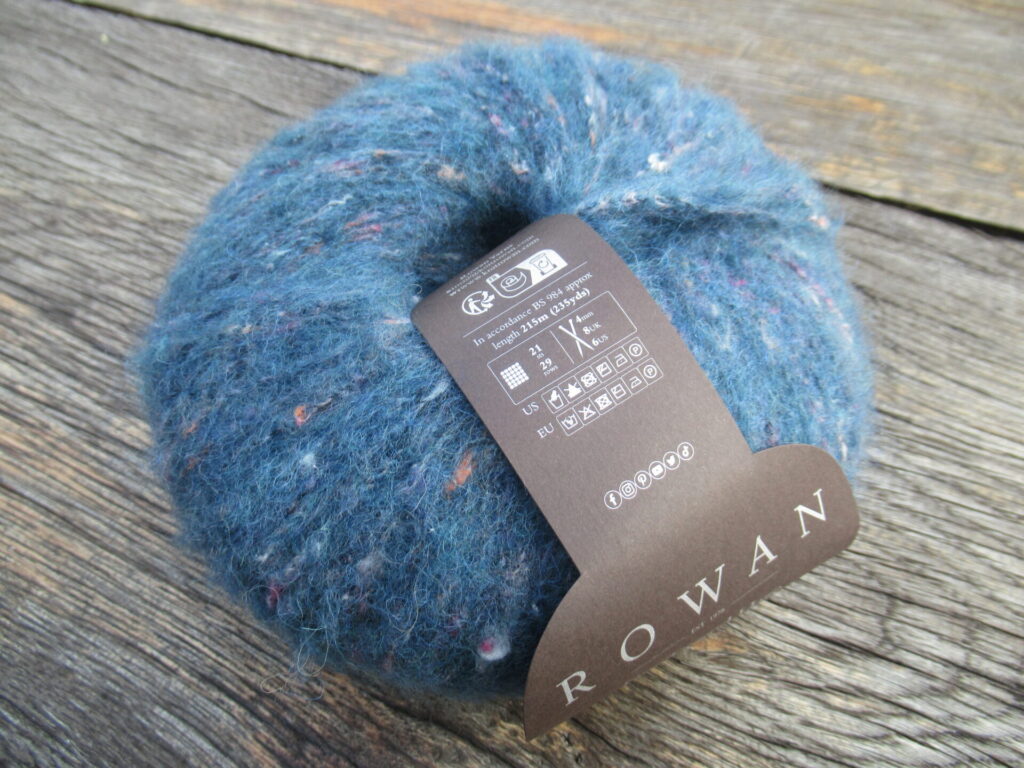
9 Get some exercise and fresh air
This helps to feel more motivated and joyful in general.
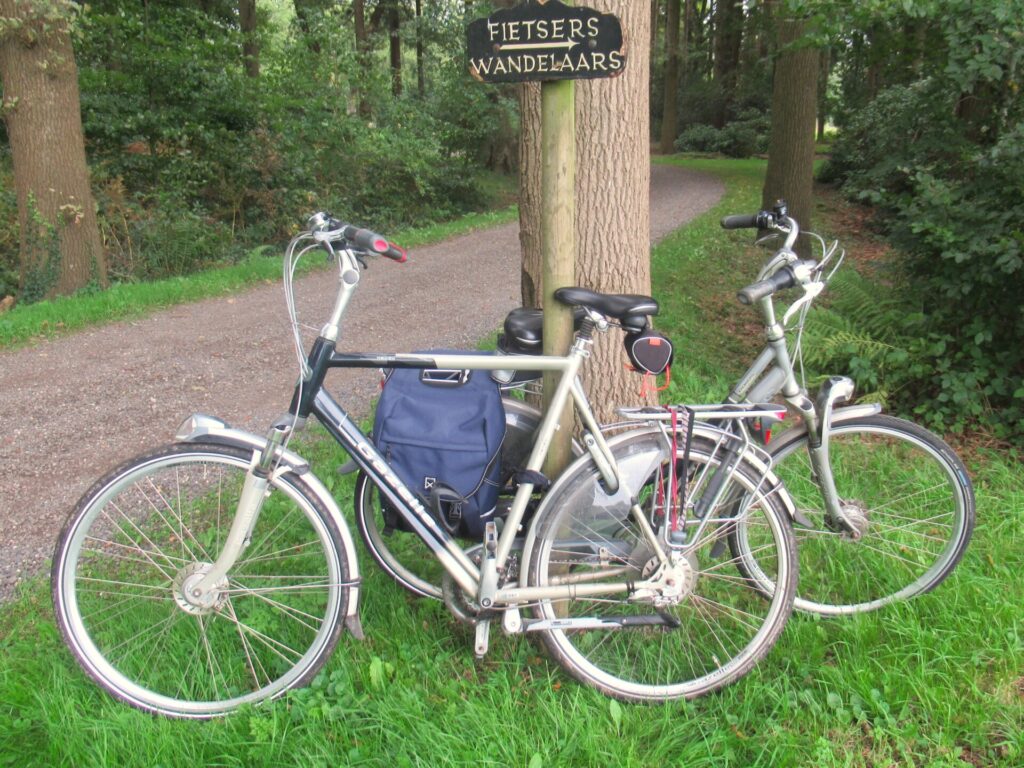
These tips have already made me feel more MOtivated about finishing my WIPs. And I actually feel a tiny spark of JOy about starting the hat and the poncho. I also have the feeling that I may need something more colourful and/or challenging to bring my mojo back completely.
I hope that your knitting mojo hasn’t left you, or if it has, that these tips will help you as they’re helping me. xxx
